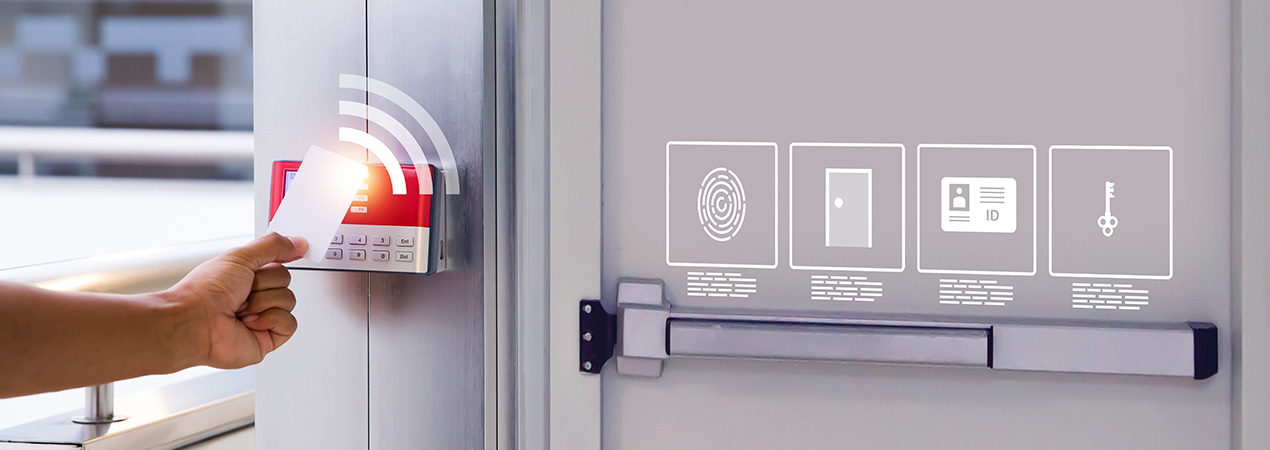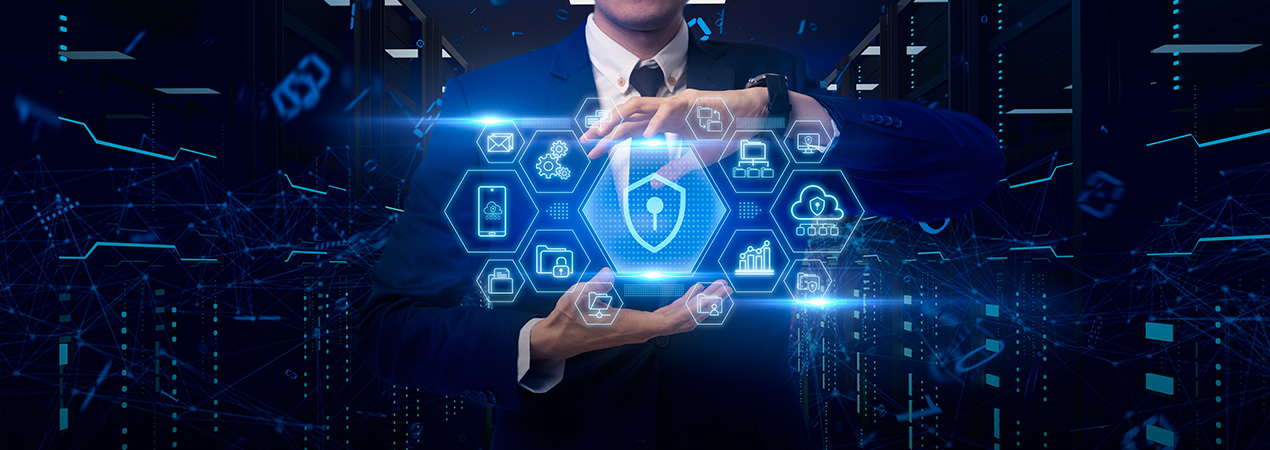AI and ML are redefining security and how organizations organize their business strategies to accommodate future mitigations.
In the ever-evolving landscape of security, a silent revolution is underway. Artificial intelligence (AI) and machine learning (ML) are no longer just buzzwords; they’re reshaping the very fabric of how we protect our spaces, assets, and people. These smart systems are not just observing – they’re thinking, predicting and enabling security professionals to do more with less.
Imagine a world where security cameras don’t just record but understand. Where access control systems don’t just grant or deny but anticipate. This isn’t science fiction – it’s the new reality of AI- and ML-driven security technologies. But what exactly can these smart systems do? And perhaps more importantly, what can’t they do?
The Power of Perception
At its core, AI in security is about enhanced perception. Traditional systems see; AI-powered systems comprehend. They can distinguish between a curious customer and a potential shoplifter, recognize when a patient in a hospital might be at risk of falling, or identify unusual traffic patterns that could signal an impending incident.
These systems are like having an army of tireless, ever-vigilant observers. They don’t get distracted or tired and can process vast amounts of information in real time. But here’s the kicker—they’re not replacing human security personnel. Instead, they augment them, allowing security teams to focus on what humans do best: making nuanced decisions and responding with empathy and understanding.
Proactive, Not Just Reactive
One of the most exciting aspects of AI and ML in security is their ability to shift the paradigm from reactive to proactive. These systems don’t just wait for incidents; they actively work to prevent them.
Learn MoreCredits By: www.securityinfowatch.com





